Smart Farmer Game Review || Sparking Problem Solving & Thinking Skills
This post may contain affiliate links, which means I may receive compensation if you make a purchase using one of these links.
Encouraging problem-solving and critical thinking in young children in the form of games makes learning fun and challenging at the same time. Here’s what our family thinks about the Smart Farmer thinking skills game.
We’re big fans of the SmartGames line. With hands-on challenges ranging from easy to difficult, and bridging various age and skill levels, these games are wonderful for inspiring kids to stretch their brains and test out new concepts visually and kinesthetically.
Traditionally labeled “educational toys” can have downfalls. While SmartGames’ puzzles aren’t really open-ended (they have specific purposes and challenges with correct and incorrect answers), they offer pieces that can be used in creative ways beyond the instruction booklet.
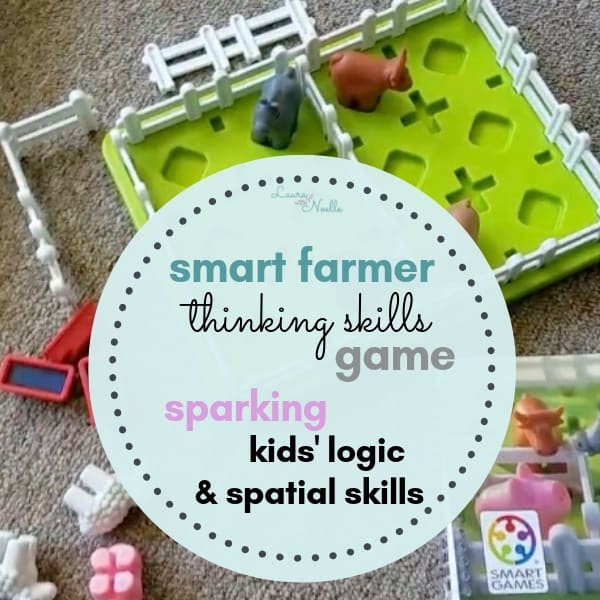
Homeschooling my spirited daughter has proved to be a learning experience in that she is extremely hands-on and kinesthetic. She’s not one for workbooks or coloring books. Instead, she wants to create stories and imagine her way to a solution. She is almost 4 years old and we are officially doing Pre-K work this school year.
In our quest for family simplicity, we’ve settled on the fact that learning tools hold an incredible role in making seemingly boring concepts come to life. For our hands-on kiddo, games like this engage her senses and complement our learning at home environment.
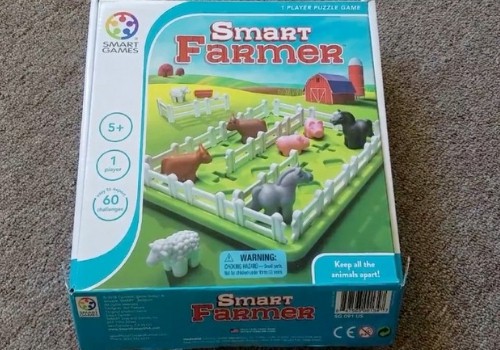
A special thanks to Timberdoodle Co. for graciously sending us a complimentary copy of Smart Farmer to see what we think.
Smart Farmer is a part of the Timberdoodle Kindergarten curriculum kit, and is also available individually here.
What Does Smart Farmer Teach?
Smart Farmer has 60 challenges and is recommended for ages 5 and up. Some 4-year-olds may be able to complete the simpler challenges with assistance, but I do think that the challenges begin at a more complex level than the other early childhood games.
Teaching thinking skills like spatial insight, concentration, planning, flexibility and problem-solving, the challenges are designed to get children thinking about separation, inclusion, and boundaries.
Included with the SmartFarmer game:
- gameboard (the pasture)
- 2 horses
- 2 cows
- 2 sheep
- 2 pigs
- 3 fence pieces
- 3 watering troughs
- challenge booklet/instructions
The challenges advance from Starter to Junior to Expert and finally Master. I love that they are color-coded in the booklet for easy reference.
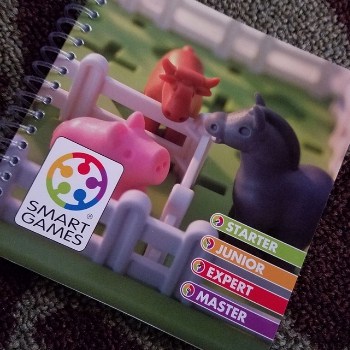
To get started on the challenges, I recommend starting with #1 and moving forward, as they get sequentially more difficult. The challenge booklet shows you a gameboard set up, and an adult or older child can place the designated pieces on the gameboard for play.
Once the gameboard challenge is set up, the child can begin trying to solve the challenge.
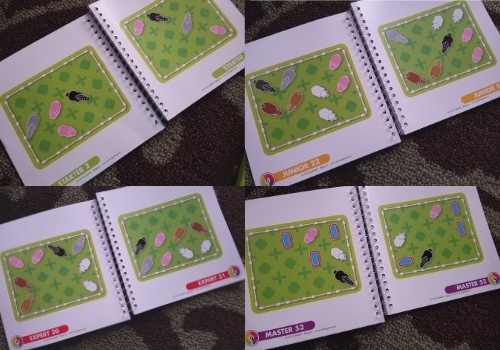
Starter, Junior and Expert challenges are set up to require different arrangements with the fence pieces so that each type of animal (i.e cows, pigs, horses, etc.) is separated in their own pasture from the other types of animals.
The first challenge shows 2 horses and 2 cows needing to be apart, and as the challenges advance, they begin to include 3 and 4 types of animals. At the Master level, the watering troughs are introduced with the added challenge to make sure that each pasture not only separates the animal species but also has their own watering trough included.
Pictures of the solutions to each of the challenges are shown in the back of the challenge booklet.
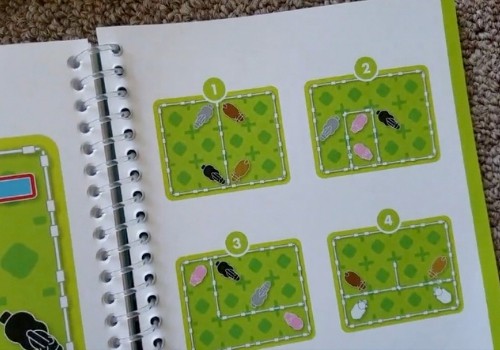
What Age Child Can Do Smart Farmer Challenges?
As mentioned earlier, Smart Farmer is labeled for ages 5+, and Timberdoodle includes it in their Kindergarten kit. That being said, I still wanted to give it a try and see if my almost 4-year-old daughter could complete the beginning challenges like she can in other SmartGames like Sleeping Beauty and the Three Little Piggies (side note, those are both labeled for ages 3+).
My daughter and I worked on the first Smart Farmer challenge on several different occasions. I tried to talk her through it, asked her questions, and prompted her, but regardless, she was only able to come to the correct answer once, and the rest of the times she became frustrated and started making up stories with the animals on her own.
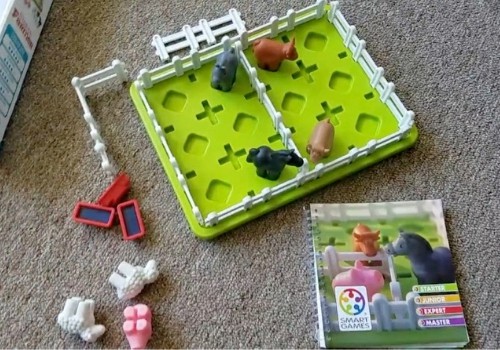
You can watch what one of our experiences was like in the demo and review video below, but what I discovered is that even at 4 years old, her spatial organization skills are not mature enough to visualize where the fences should go to separate the animals.
She could tell me what was supposed to happen (keep the animals apart), but she would continually place the fence pieces in the same slots each time she tried it and couldn’t quite get to the divergent thinking required for reaching the solution.
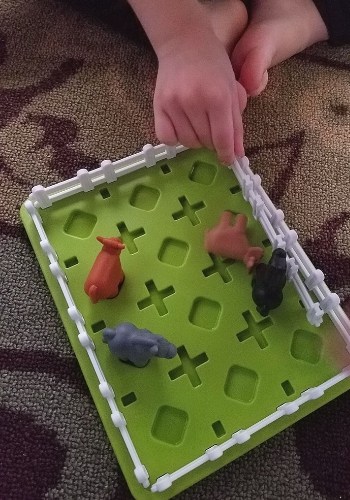
In the end, it’s not really about age recommendations, since every child is at their own unique level of processing and thinking, but in general, I think Timberdoodle is spot on with including this in Kindergarten with the average 5 or 6-year-old being able to complete the challenges, possibly for years to come.
If you have a 4-year-old who is advanced in math and spatial logic, Smart Farmer might be a good fit, but be aware that they may not be ready for all the concepts right away.
Watch the Demo & Review Video:
You can check out Smart Farmer as a part of the Timberdoodle Kindergarten curriculum kit, and also individually available here.
Final Thoughts on Smart Farmer Thinking Skills Game
When I first saw Smart Farmer, I knew that my daughter would be enthralled by the little farm animals and I was right! However, we also discovered that she isn’t cognitively ready for the spatial logic challenges the game presents.
With this in mind, we are putting Smart Farmer on the shelf for use in Kindergarten and during Pre-K this year we will be focusing on using less advanced SmartGames like Three Little Piggies and Sleeping Beauty.
That said, the Smart Farmer gameboard might still make some appearances in our days for creative story play…like this:
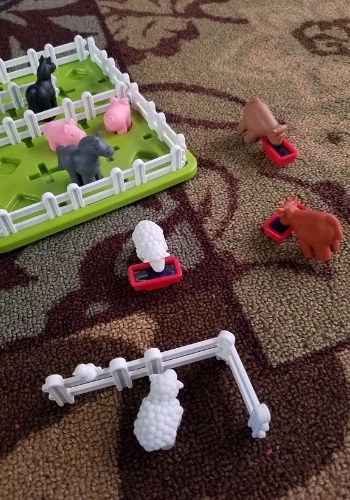
In the end, early childhood learning is about fun, and letting my daughter learn in her own unique way is just fine by me. In fact, sometimes I can’t help but laugh at the screeching coming from the other room of the princess for her lost prince in the Sleeping Beauty Maze while I cook dinner!
She’s having a blast with these learning tools, and that’s exactly why we chose Timberdoodle for our homeschool curriculum. This is what it’s all about–playing games, learning life skills and trying new things.
Related Articles on Homeschooling:
- Planning Your Homeschool Year If Your Child Doesn’t Fit the Academic Mold
- Why We Adore Timberdoodle, even as a Minimalist Homeschooling Family
- Why We Homeschool || Searching for Family Simplicity in a Fast-Paced World
A special thank you to Timberdoodle for providing a free copy of Smart Farmer to us in exchange for our review. All opinions are our own!
WANT TO SAVE SMART FARMER GAME REVIEW FOR LATER? PIN TO YOUR FAVORITE PINTEREST BOARD HERE:
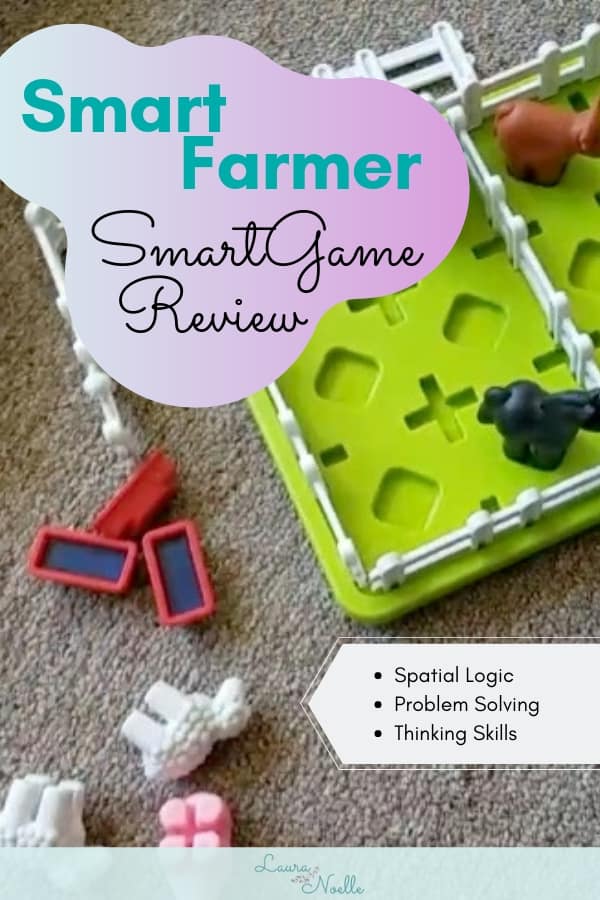
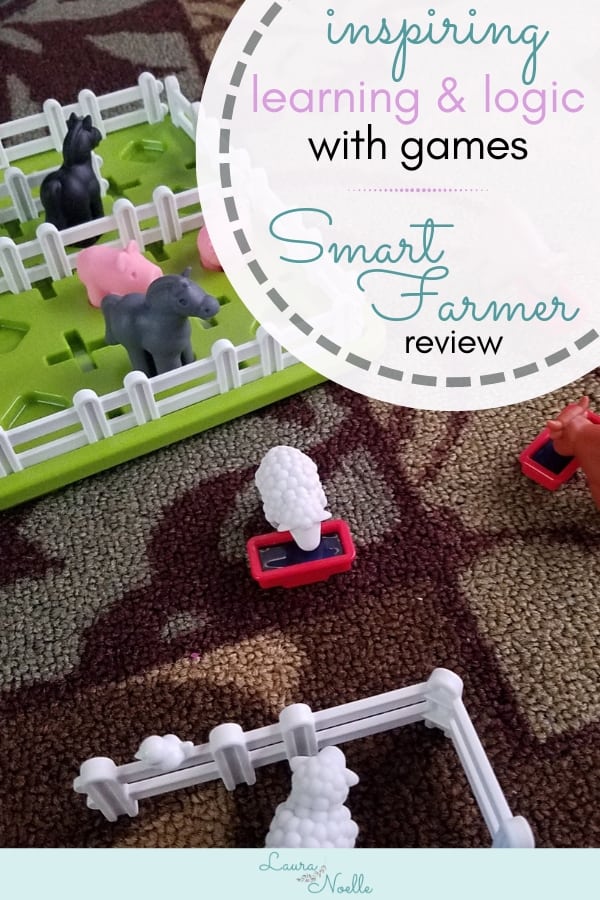
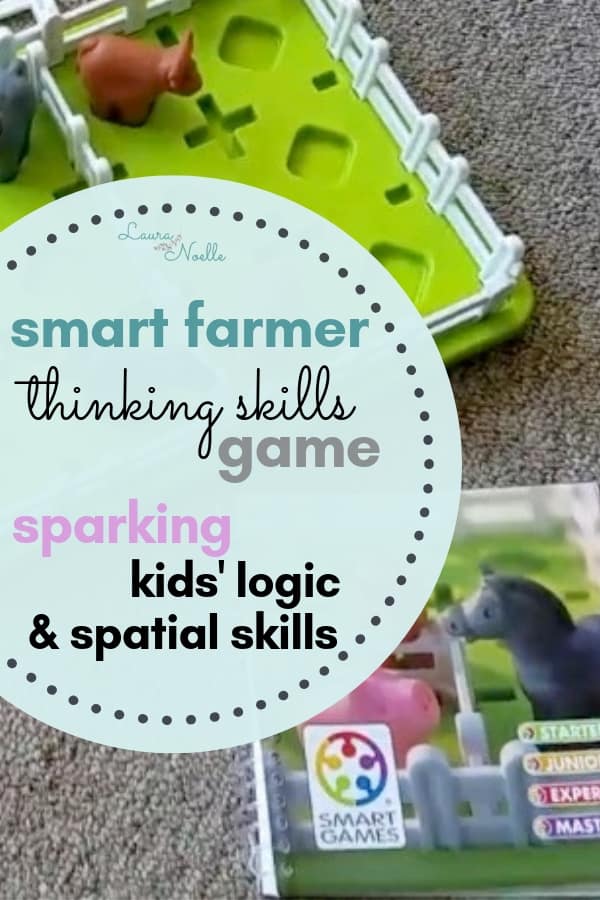
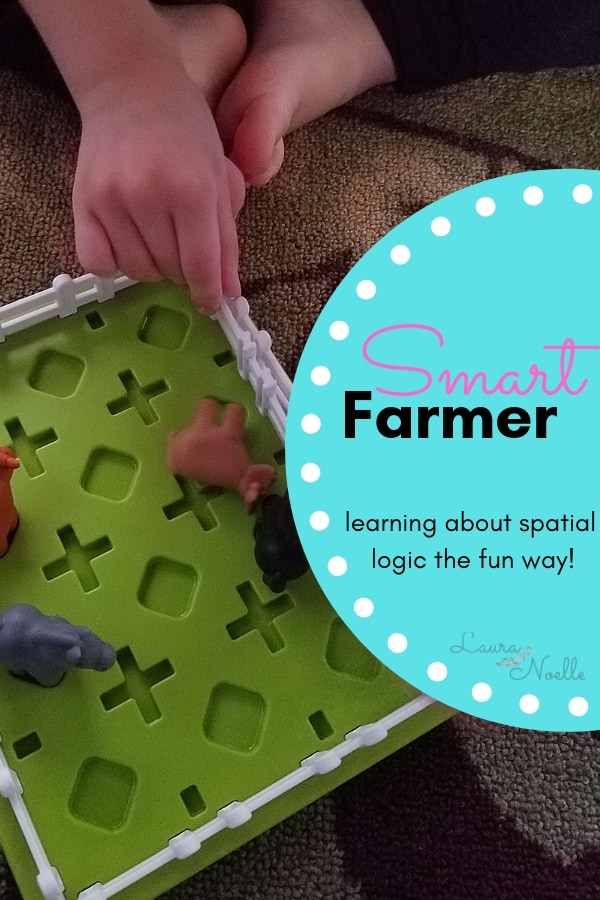
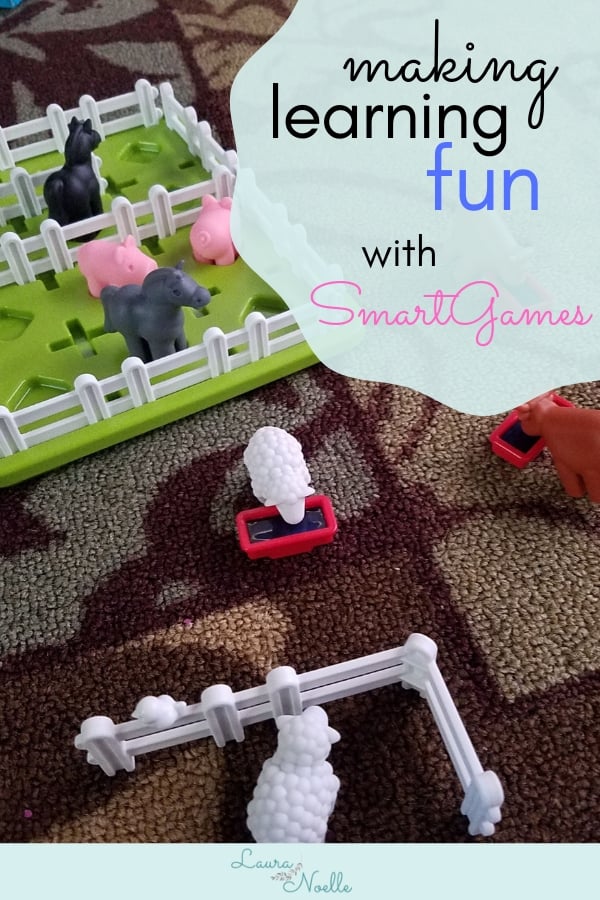
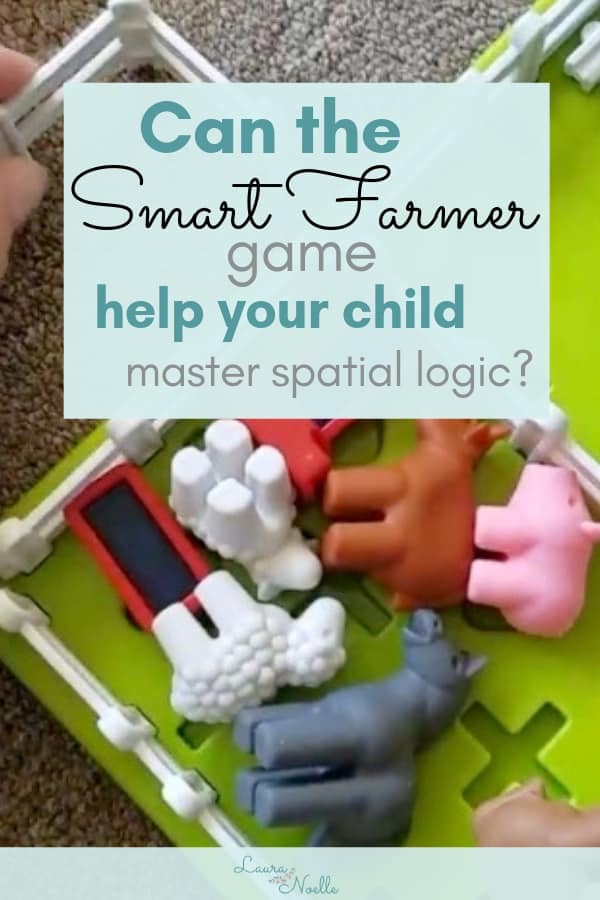

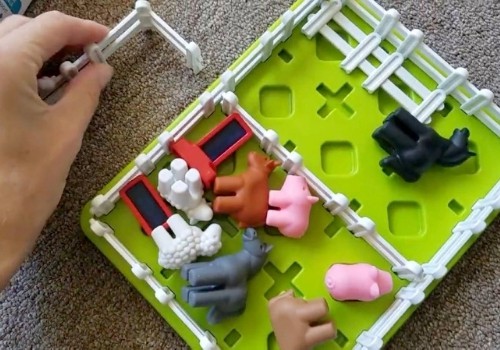


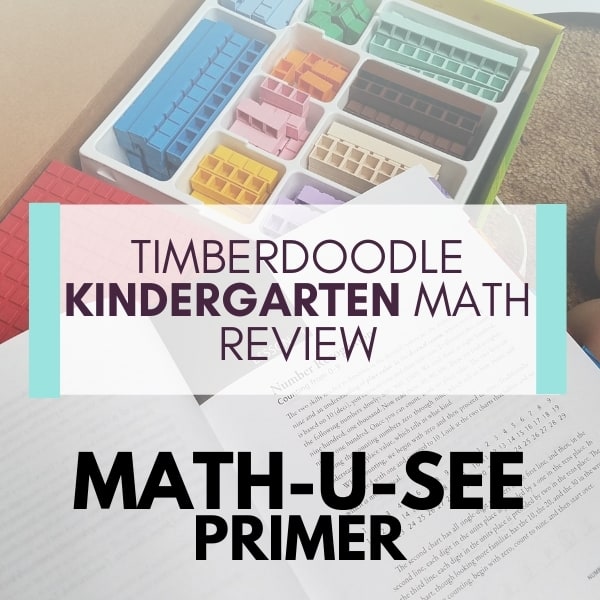
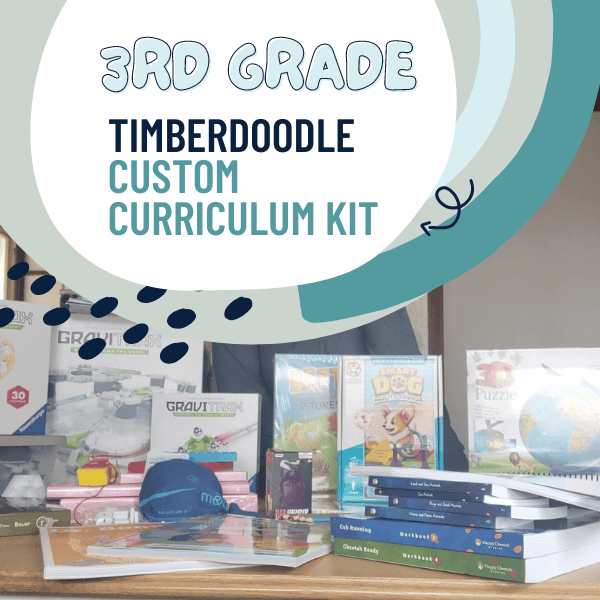
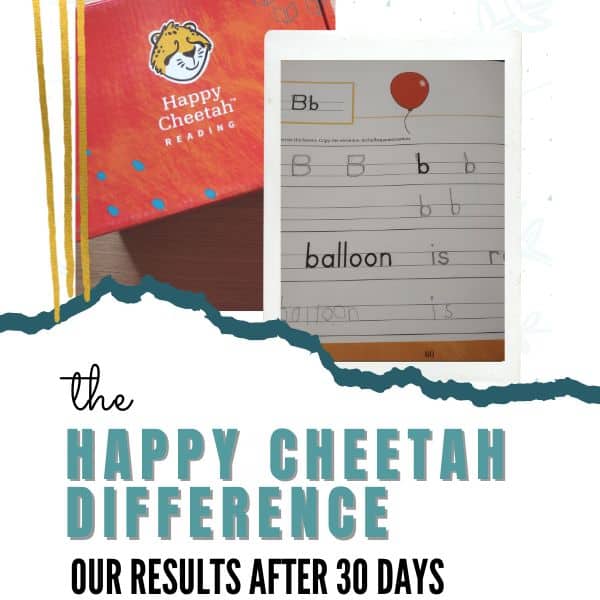
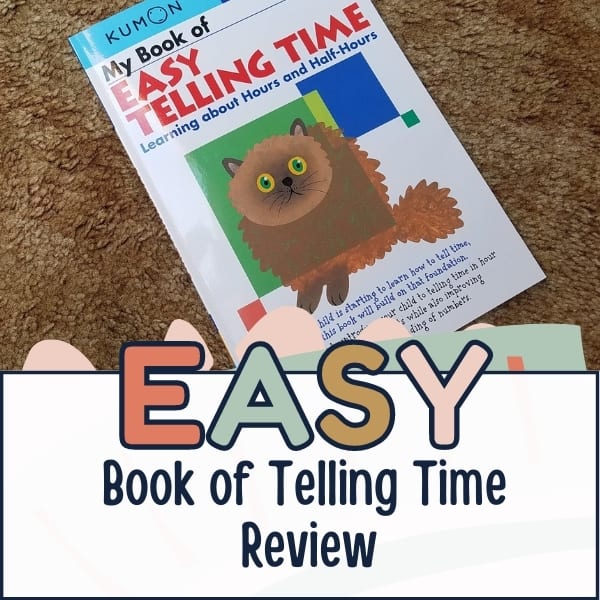
This looks likes a really interesting game/puzzle for kids. I can see my son enjoying this and my daughter (who is four) trying to do it, too.
It’s definitely a fun game and I think younger kids would catch on quicker if they had an older sibling to watch (and help). =)
Appreciate your thorough review and demo/video. Very helpful!